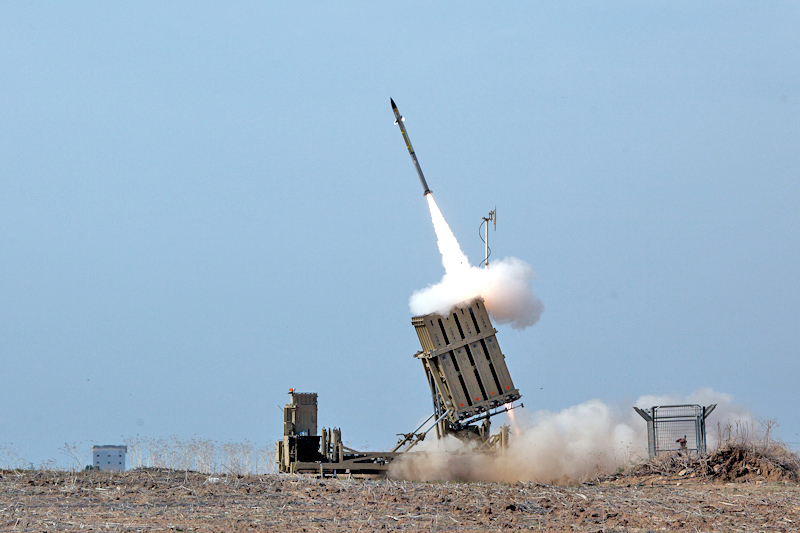
Iron Dome : Israel’s Protective Shield by Rafael
Mon, 17 May 2021 | Reading Time: 7 minutes

Ever since its formation as a Jewish state on 14 May 1948, Israel has been in a perpetual struggle for survival, be it from hostile neighbours or from armed Palestinian groups. Many wars were fought, the six days Arab Israeli war of 1967 being a turning point and conflicts with Palestine organisations- PLO or Hezbollah or Hamas have been instrumental in Israel being extremely sensitive about its multi dimensional security threats. The occupation of Gaza Strip and West Bank post 1967 conflict not only transformed Middle East politics, but also impacted the way Islam is expressed in the West Bank and Gaza, and it created new openings for political Islamism in the Arab world. It is perhaps the survival instinct of a newly formed nation which propelled Israel to invest heavily into technology to develop highly reliable weapon systems and create the best intelligence agency existing anywhere in the world.
One of the most enduring images of the latest escalation of conflict, the most serious one between Hamas Islamist-run Gaza and Israel since 2019, is the interception of hundreds of rockets fired from Gaza towards Israel by the “Iron Dome” air defence system of Israel. As this article is being written, the rockets continue to target Israeli towns and cities in spite of precision air strikes and artillery fire by IDF. Iron Dome is the system which is giving the breathing space to Israeli forces for their planning and preparation while saving citizens from becoming casualties. The night sky over Tel Aviv and many other cities are often illuminated by the destruction of Hamas fired rockets by the Iron Dome interceptor missiles.
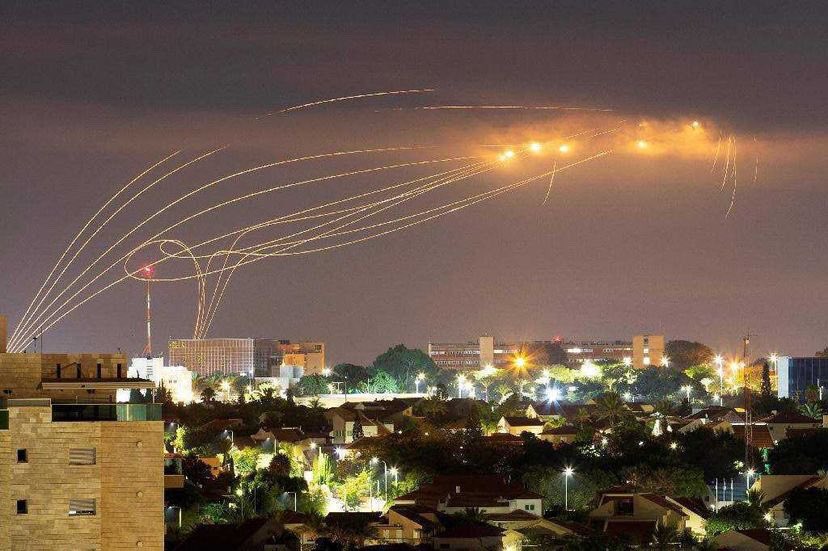
Image Courtsey: @IDF
The much-acclaimed Iron Dome is a multi-mission Counter Rocket, Artillery and Mortar (C-RAM), Very Short Range Air Defence (V-SHORAD), Point Defence and Naval Air Defence System. It is a combat proven system that detects, assesses and intercepts incoming artillery such as: C-RAM, Cruise Missiles, Precision Guided Missiles (PGM), UAVs, Air Breathing Threats (ABTs) and dense salvos at short ranges upto 70km.
Iron Dome is manufactured by Rafael Advanced Defence Systems Limited of Israel and is in-service with the Israeli Air Force since 2011, when it was first deployed near Beersheba. The company claims that since then it has successfully intercepted over 2,000 rockets with more than 90% success rate. It has proven to be effective against concentrated salvos and challenging scenarios offering protection to population, strategic assets and reducing collateral damage.
System Configuration
Iron Dome is composed of three fundamental elements, a detection and tracking radar, a battle management and weapon control system (BMC) and a missile firing unit (MFU). Each launcher has 20 Tamir Interceptor missiles which use a proximity fuse to detonate the target warhead in the air. The typical missile battery has all three components located at the same site. Iron Dome can also be deployed in a scattered pattern. Each launcher, with the Tamir missiles, can be independently deployed and operated remotely in a networked environment. Iron Dome battery is capable of protecting an urban area of approximately 150 square kilometers.
One of the system’s important advantages is its ability to identify the anticipated point of impact of the threatening rocket, to calculate whether it will fall in a built-up area or not, and to decide on this basis whether or not to engage it. This prevents unnecessary interception of rockets that will fall in open areas and thus not cause damage. The system uses a unique interceptor with a special warhead that detonates the target warhead in the air. If the estimated trajectory of the airborne threat is headed towards the defended zone, a command is given and a pair of missiles is launched against the threat.
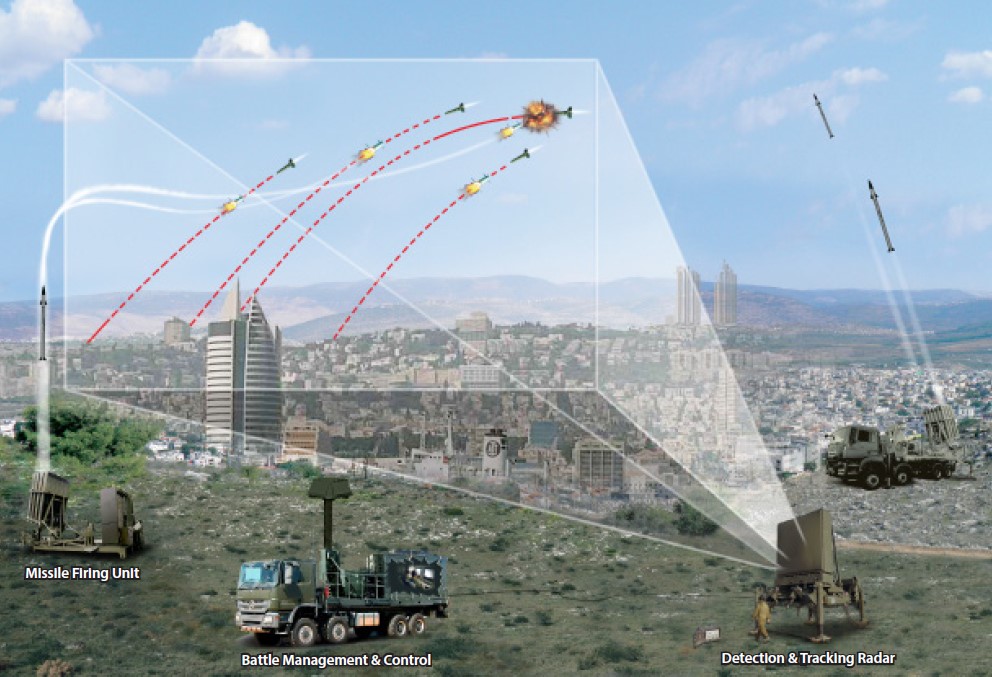
Image Courtsey: Rafael Advanced Systems
Capability and Characteristics
Iron Dome can be integrated onto many types of combat platforms, most common version being the truck towed version. It can be transported easily by air and quickly deployed at the selected site. The all-in-one mobile version, on a single truck, provides protection for motorized or mechanized troop, as well as point air defence for military, industrial and administrative installations. The main features of the system are:
- Tamir, a vertically launched missile, has several steering fins for high manoeuvrability and is equipped with electro-optic sensors.
- The missile system has day-and-night and all-weather capability.
- Quick reaction time, and salvo interception capability.
- It can also adapt to rapidly evolving threats and handle multiple threats at the same time.
- It is compatible with various radar and detection systems.
- The system’s special warhead allows it to detonate any target in the air.
- I-DOME is a mobile version of the system, with all components on a single truck, while C-DOME is a naval version. C-Dome uses the Iron Dome interceptor, a vertical launcher, components from the Iron Dome Battle Management Centre, and the ship’s own surveillance radar.
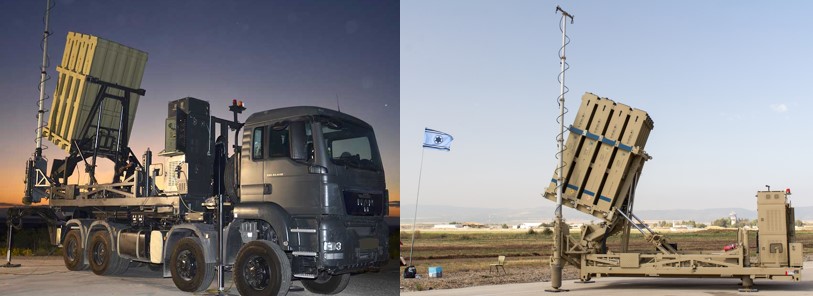
After detecting and identifying the incoming aerial threat, Iron Dome radar monitors its path. Based on the radar’s information, the system’s BMC analyses the path of the threat and calculates an anticipated point of impact. If the calculated path of the incoming rocket poses a real threat, a command is run to launch an interceptor against the threat. The incoming rocket is detonated over a neutral area.
The Iron Dome defence system has been upgraded to simultaneously shoot down multiple complex threats such as rockets, unmanned aerial vehicles, and missile salvoes. It forms part of a multi layered air defence system defence along with David’s Sling and Arrow missile defence system which are designed for medium- and long-range threats.
Cost Benefit Analysis
Iron Dome is a high-tech system which is relatively expensive. Each battery, or the full unit, can cost over USD50 million, and one interceptor Tamir missile costs around USD80,000. While a rocket can cost less than USD1,000, the system dispatches two Tamir missiles to intercept each rocket. That puts the cost per interception quite high and raises a question over its affordability and is it a viable alternative for a targeted air strike against the source of aerial threat.
Rafael pitches the system as cost effective and economical, as it enables intelligent handling of incoming projectiles and categorising them into potentially harmful or harmless, thus reducing unnecessary interceptor launches. The following factors need to be considered while weighing its utility as against the high cost:
- One of the system’s major advantages is its ability to identify the trajectory of the threatening rocket, to calculate whether it will fall in a built-up area or not, and to decide on this basis whether or not to engage it. If the calculated point of impact is not an asset or built-up area, Iron Dome does not launch the missile and let rockets pass.
- By ignoring the non-dangerous rockets, Iron Dome minimizes unnecessary defensive launches thus lowering operational costs.
- Most of the rockets fired at Israel are crude and short-range ones. The cost of Iron Dome missiles is almost 90% lesser than other systems like Patriot or S400 which have much larger coverage. But those are not required for the type of threat faced by Israel and Iron Dome is a cost-effective option in that sense.
- Iron Dome has afforded many Israelis during recent conflicts, a degree of normalcy, especially in southern parts of the country that were once under the heavy shadow of rocket strikes.
- Also, the Israeli Defence Forces need not be in a perpetual state of alert and mobilise at every attempt of escalation along the borders as Iron Dome keeps the population safe by guarding against the most common and preferred method of attack by Hamas or other groups. Iron Dome provides defence against short-range missiles and rockets which pose a looming threat to the civilian population of Israel’s northern and southern border.
One of the limitations of the system is that it reaching a Saturation Point if it is overwhelmed by a barrage of rockets. In this cat and mouse game, Hamas has been evolving mitigating strategies primarily by increasing the number of rockets fired and better precision while lowering the trajectory to avoid radar detection. Some experts say that Iron Dome’s minimum interception range is 5-7 km which is exploited by enemies. While rockets of Grad and Katyusha variety have been used against Israel, it is the crude and cheaper variants fired in large numbers which tend to penetrate the missile shield. In the present conflict, the rockets aimed at Tel Aviv are said to be of 40km range while Hamas has been producing cheaper rockets called Qassam which are unguided and below 20km range for almost two decades. These cost a few hundred dollars as against almost USD100000 per piece of Tamir interceptor.
A stage might come that the sheer numbers of the cheaper projectiles being fired will reach beyond the capability of Iron Dome, thus making it unviable. However, if the events in the past week are anything to go by, Iron Dome has done its intended job perfectly. Israel claims that more than 3000 rockets have been fired by Hamas into Israel in current conflict, but very few fell on populated areas. The casualties on Israel side are about 10 as against almost 300 in Gaza. The lives saved by the system outweighs other apprehensions of cost and sustainability of the missile shield.
About 10-11 Iron Dome batteries protect the citizens and infrastructure of Israel. These are strategically placed around cities to intercept threats headed toward populated areas. Many countries have shown interest in the Iron Dome system with US signing a deal for a collaborative project called Sky Hunter which will have Rafael and Raytheon working together. To sum up, as the name suggests, Iron Dome is providing a reliable and secure protection from rocket attacks to the citizens of Israel and guarding the Israeli airspace round the clock.
Disclaimer
The opinions expressed in this article are the author’s own and do not reflect the views of Chanakya Forum. All information provided in this article including timeliness, completeness, accuracy, suitability or validity of information referenced therein, is the sole responsibility of the author. www.chanakyaforum.com does not assume any responsibility for the same.
Chanakya Forum is now on . Click here to join our channel (@ChanakyaForum) and stay updated with the latest headlines and articles.
Important
We work round the clock to bring you the finest articles and updates from around the world. There is a team that works tirelessly to ensure that you have a seamless reading experience. But all this costs money. Please support us so that we keep doing what we do best. Happy Reading
Support Us







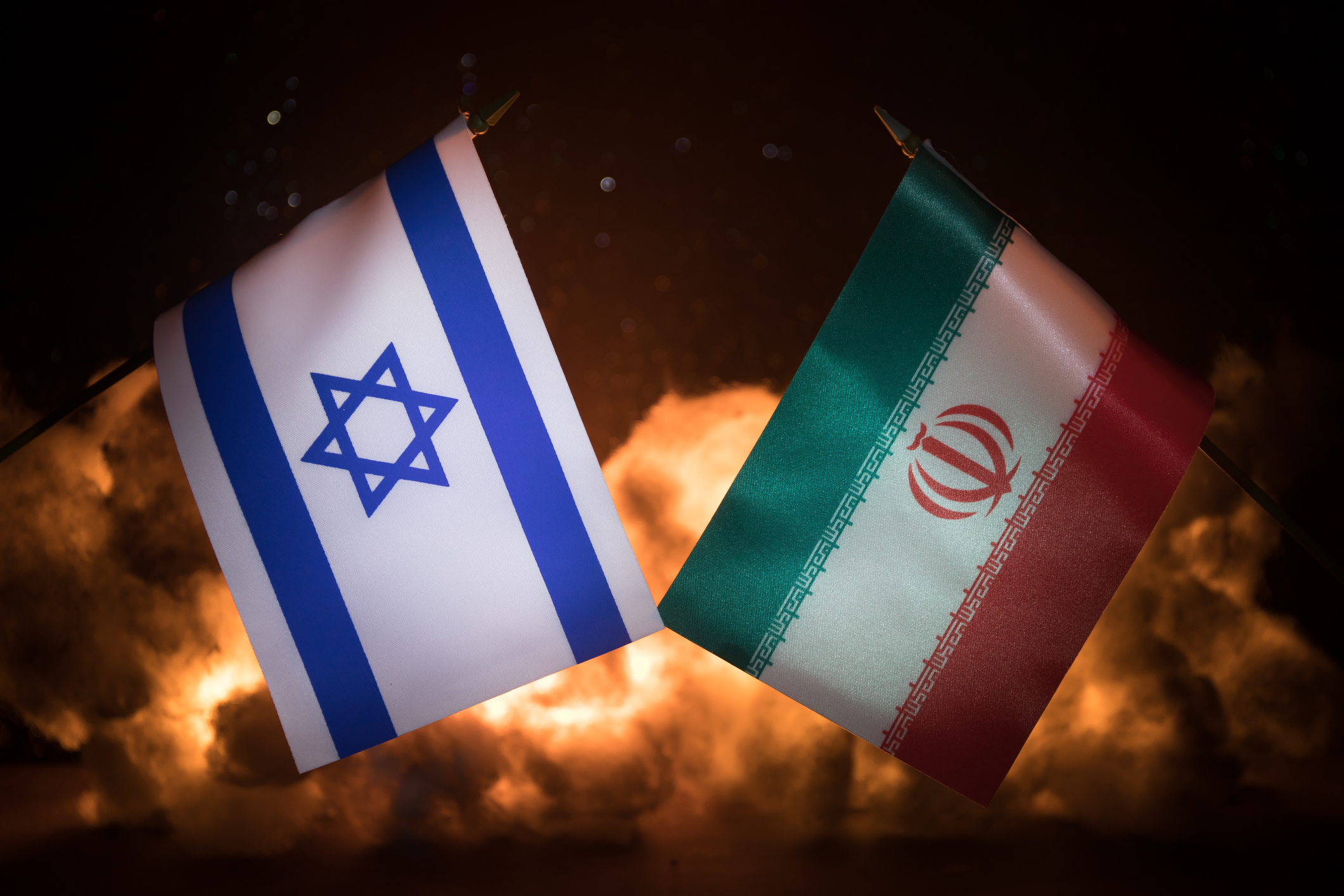
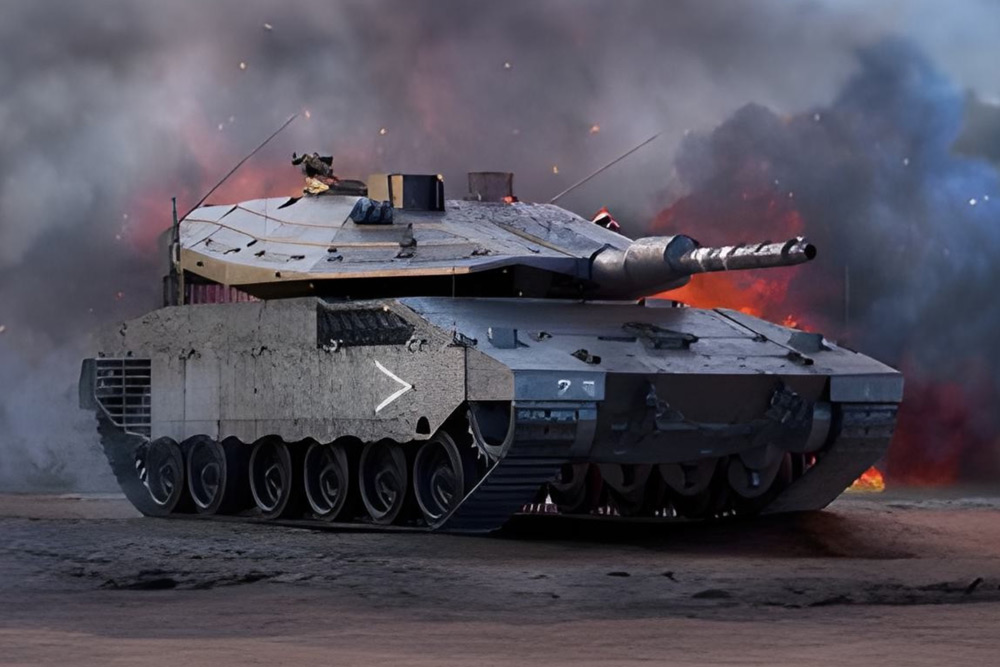
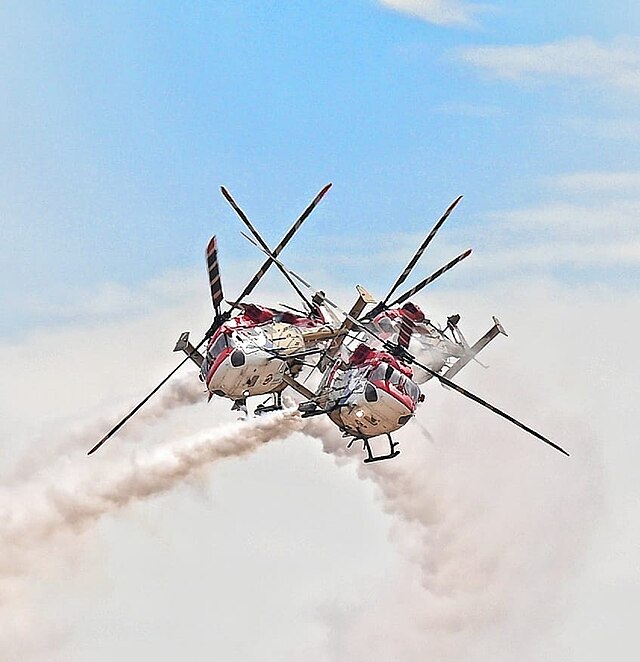
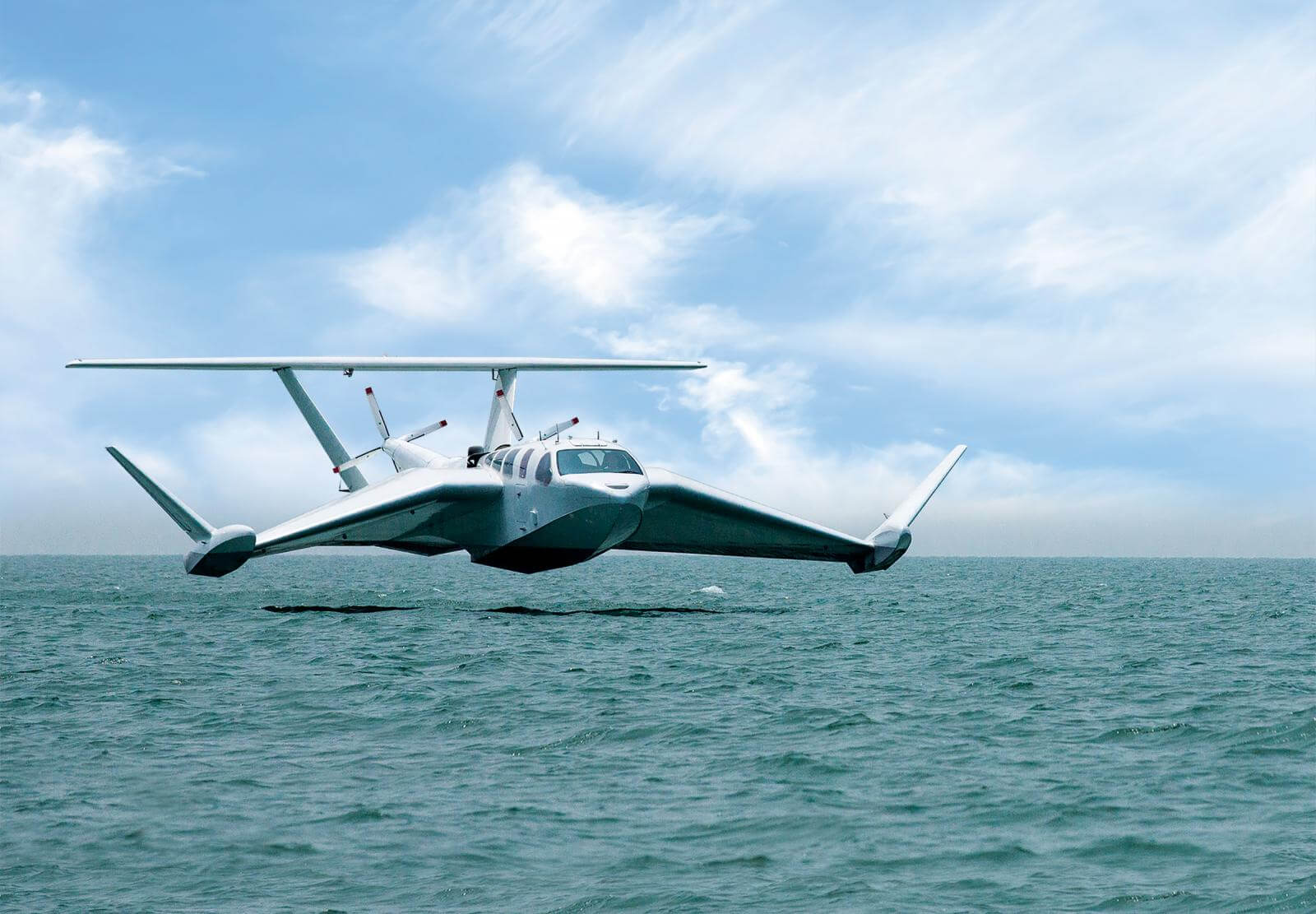
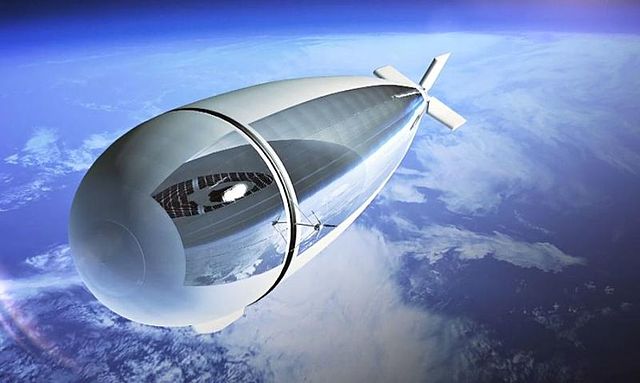

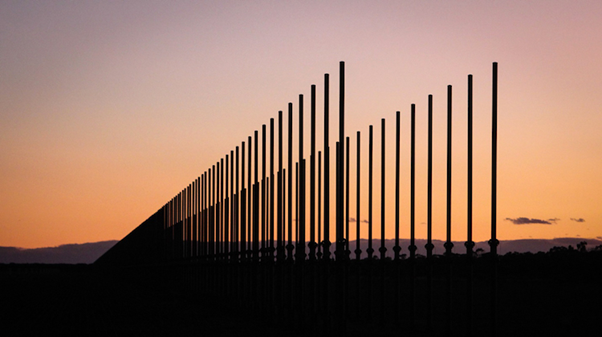






POST COMMENTS (3)
amol
Siddhant
Tushar Kanti Mitra